The Future of Smart Design: Reuse, Reduce, Recycle
I’m always shocked at the amount of waste I see when visiting a typical project under construction. We all tend to accept that construction is a messy process, but stop to think for a moment about the message that a cluttered and wasteful jobsite sends to our clients.
It would appear that we’re sending a significant part of their hard-fought-for project budget to the landfill, or worse yet, that the project could’ve cost less than it did. The Construction and Demolition Recycling Association estimates that construction and demolition waste accounts for 325 million tons of waste each year in the United States — about half of which can be directly attributed to residential construction. The U.S. Green Building Council estimates that building construction accounts for a full 40 percent of materials used and 30 percent of the total waste stream in the United States.
Fortunately, there are many opportunities for us architects and designers to reduce these staggering numbers. And they capitalize on our talents as designers, appeal to our inherent need for organization, help our clients save money, are more resource efficient and enhance energy performance in the long term. What’s not to like?

Most of us are familiar by now with the “reduce, reuse, recycle” mantra, the basic tenets of which apply here as we seek to minimize construction and demolition waste. But there are also ways that we architects and designers can positively affect the waste stream through design and material specification decisions. Design is by far one of the most powerful tools at our disposal.
We can specify renewable materials, or products with high recycled content or low embodied energy, and ones that have minimal environmental impact. Or we can choose to reuse existing materials by salvaging a building instead of demolishing it. This is a good place to start.
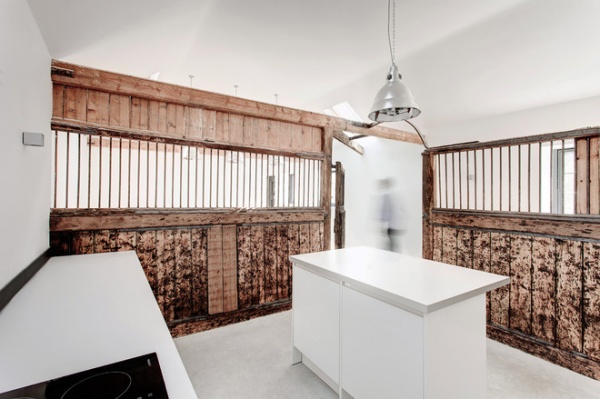
Reuse (repurpose). Not surprisingly, this is by far the most efficient way to reduce construction waste. Repurposing or reusing existing space is a huge resource savings and preferable to recycling, which actually requires additional energy input. It minimizes (or even eliminates) the need for onsite demolition, preparation and foundation work, and it’s an entire building’s worth of materials that isn’t going to the landfill.
Reuse also extends to reclaimed building materials from other projects. Even if an existing structure can’t be repurposed or renovated, it’s still possible to salvage its nonhazardous materials for reuse elsewhere.
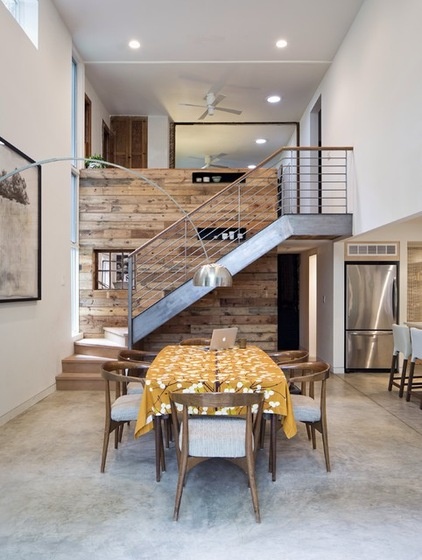
Demolition versus deconstruction. If reuse isn’t possible and demolition is required, it’s important to divert as much of this waste stream as possible, because demolition waste is volumetrically much greater than construction waste. When a project calls for demolition, consider employing a contractor who specializes in deconstruction, which separates materials and assemblies into recoverable components for recycling or reuse. Many will even provide an accounting of the value of the deconstructed materials to use as a tax deduction. This can help to offset the higher cost to your client of the more labor-intensive deconstruction process.
How to Recycle Your Kitchen
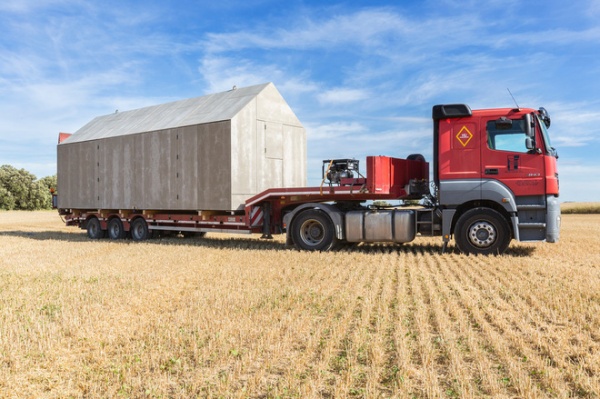
Reduce (size). There are many cases where it’s not possible to reuse an existing structure, and in these cases the first priority should be to reduce the new building’s size to an absolute minimum. Here’s where your skills as a designer can have the greatest impact.
Every square foot we can remove in the predesign phases represents a substantial savings in material —material that the client won’t need to purchase, the material suppliers won’t need to transport to the site, and the contractor won’t have to install and then handle the inevitable residual waste stream. This is so critical to reducing construction waste that it’s hard to overstate.
Make your designs as small and efficient as possible.
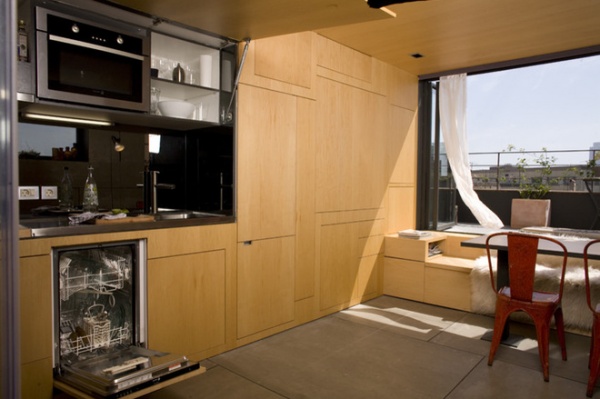
Planning. Design also offers the opportunity to thoughtfully allocate the resources at hand. Spaces that serve multiple functions can help reduce the overall material load and space required to comfortably live. Carefully designed built-ins, convertible storage solutions and purposeful space planning all contribute to making this possible. Designers and architects are experts at this.
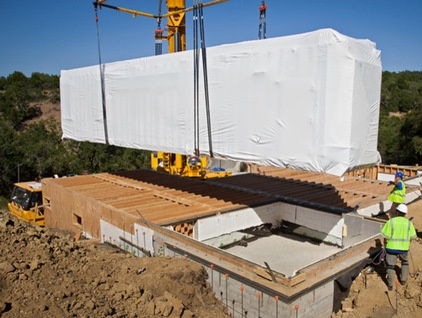
Prefabrication. Manufactured housing and processes of prefabrication result in verifiably lower waste streams. Using materials efficiently and carefully planning the construction process is incentivized in the factory environment, where waste directly reduces profit margins. Factories also effectively manage the supply chain for product delivery, and installation efficiencies are captured in the conditioned working environment as well.
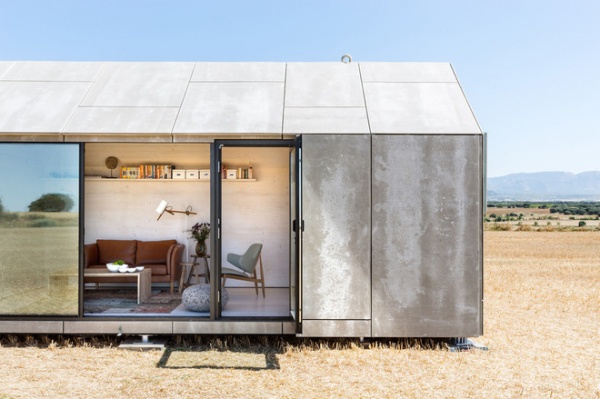
Modularity. Design must also seek to efficiently utilize existing material modules. It won’t be possible to do this throughout every interior space, but if you focus on the overall structural dimensions and correlate those to a 24-inch module, it will maximize framing efficiencies and minimize material cut-off waste. Besides, designers like grids and modules anyhow, right? This should appeal to your sensibilities.
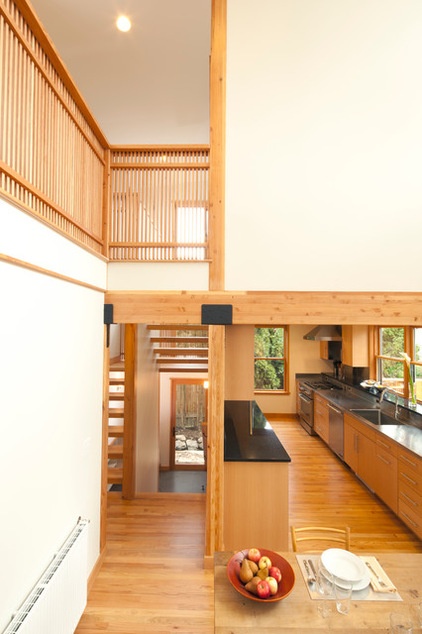
Engineered products. Some products, such as the LVL (laminated veneer lumber) seen here, are specifically engineered for carrying heavy loads. LVL with dimensions similar to regular framing lumber is roughly four times stronger. This results in a material savings using less wood to accomplish the same structural outcome. As an added advantage, LVL is also more dimensionally stable.
Using products for their inherent efficiencies ensures we’re not using more than we need, effectively designing waste out of the process.
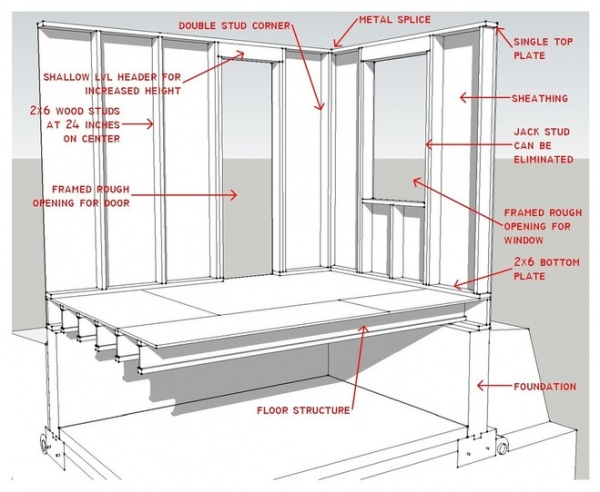
Advanced framing. Many of us are guilty of relying on standard practice — “the way we’ve always done it” — but framing lumber represents such a large portion of the waste stream from buildings, it makes sense to rethink common practice. By using advanced framing techniques, we can substantially reduce the materials required for a residential building project.
Using two stud corners, insulated headers and header hangers in lieu of jack studs; eliminating cripples; using single instead of double top plates; and other techniques can add up to significant material and cost savings.
In addition to this helpful diagram, Build It Green offers an excellent common-sense guide to advanced framing techniques. Every piece of lumber we can eliminate from the structure is another material that the contractor doesn’t have to transport to the site and install, and then handle residual waste from it. The National Association of Homebuilders (NAHB) has estimated the potential for savings for a typical 2,000-square-foot home using advanced framing techniques as approximately $2,400 in framing material alone.
See more about the components of an efficient wall
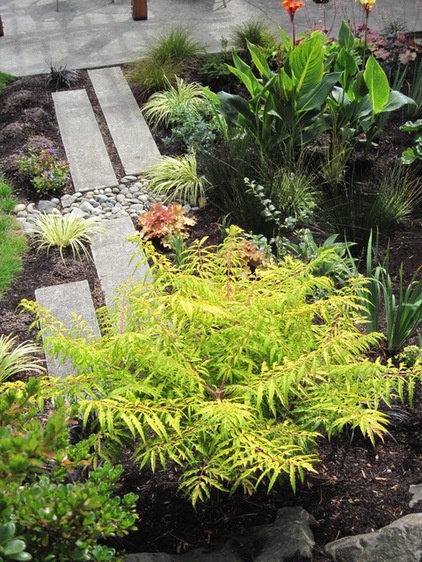
Recycle (via material selection). This is another area where we can exercise a lot of control in the design and construction process. We can be cognizant of the materials we specify that contain high amounts of embodied energy, like concrete, whose cement component accounts for roughly 5 percent of global carbon dioxide emissions. If possible, specify building products with a high recycled content rather than virgin material.
Site materials, insulation, concrete aggregate, countertops, carpeting, glass tiles, lumber and even drywall can all be sourced with high recycled content. Specifying local materials can reduce waste too by minimizing transportation and fuel consumption.
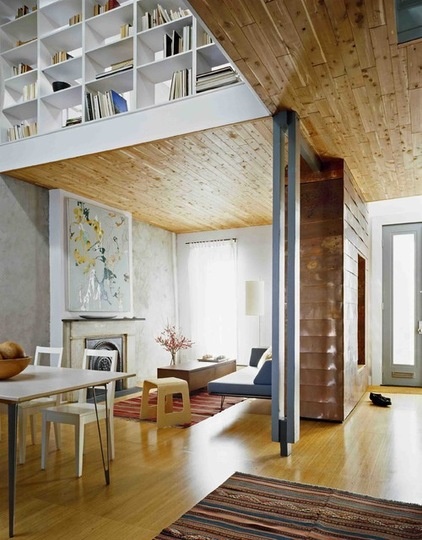
Recycle (via the construction site). Our project manual and specifications are a chance for us to affect many other parts of the construction process beyond basic material selections. We can use them to detail waste management plans too. Waste management plans set expectations for diverting waste streams, recycling packing materials, stockpiling cut-off lumber for reuse, segregating waste streams and generally reducing the overall volume of trash that a project generates. They lay out an approach to materials handling on the jobsite where the waste is generated. The National Institute for Building Sciences has some excellent source material available describing waste management specifications.
Not only does this kind of waste management make good environmental sense, but depending on where you practice, you may even be required to recycle and divert a certain percentage of the project’s waste stream by law.
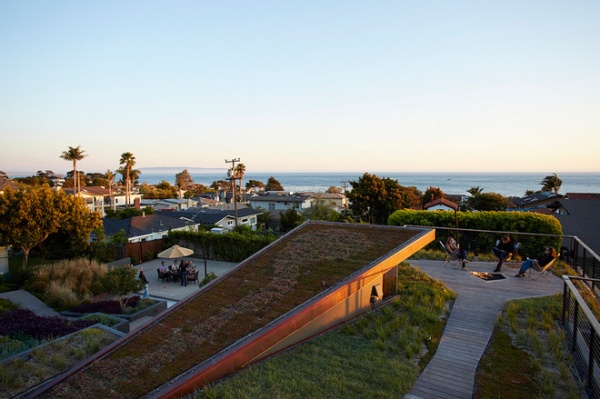
Education. Reducing the waste stream on a construction site means overcoming ingrained mind-sets and embracing an educational component during the construction process.
Fostering a team approach where all parties are invested in this new way of working is critical. It helps that beyond the environmental and efficiency offsets, there are cost savings involved in being less wasteful too. And, with tipping fees ranging from $10 to $40 per ton, those savings can add up quickly.
The education process starts with a commitment on the part of the client, architect, designer and contractor, and must follow through to each and every subcontractor involved for it to be successful. And a waste management plan can be the linchpin that makes this shift possible.
More:
23 Ways to Reduce Waste at Home
6 Tips From a Nearly Zero-Waste Home












